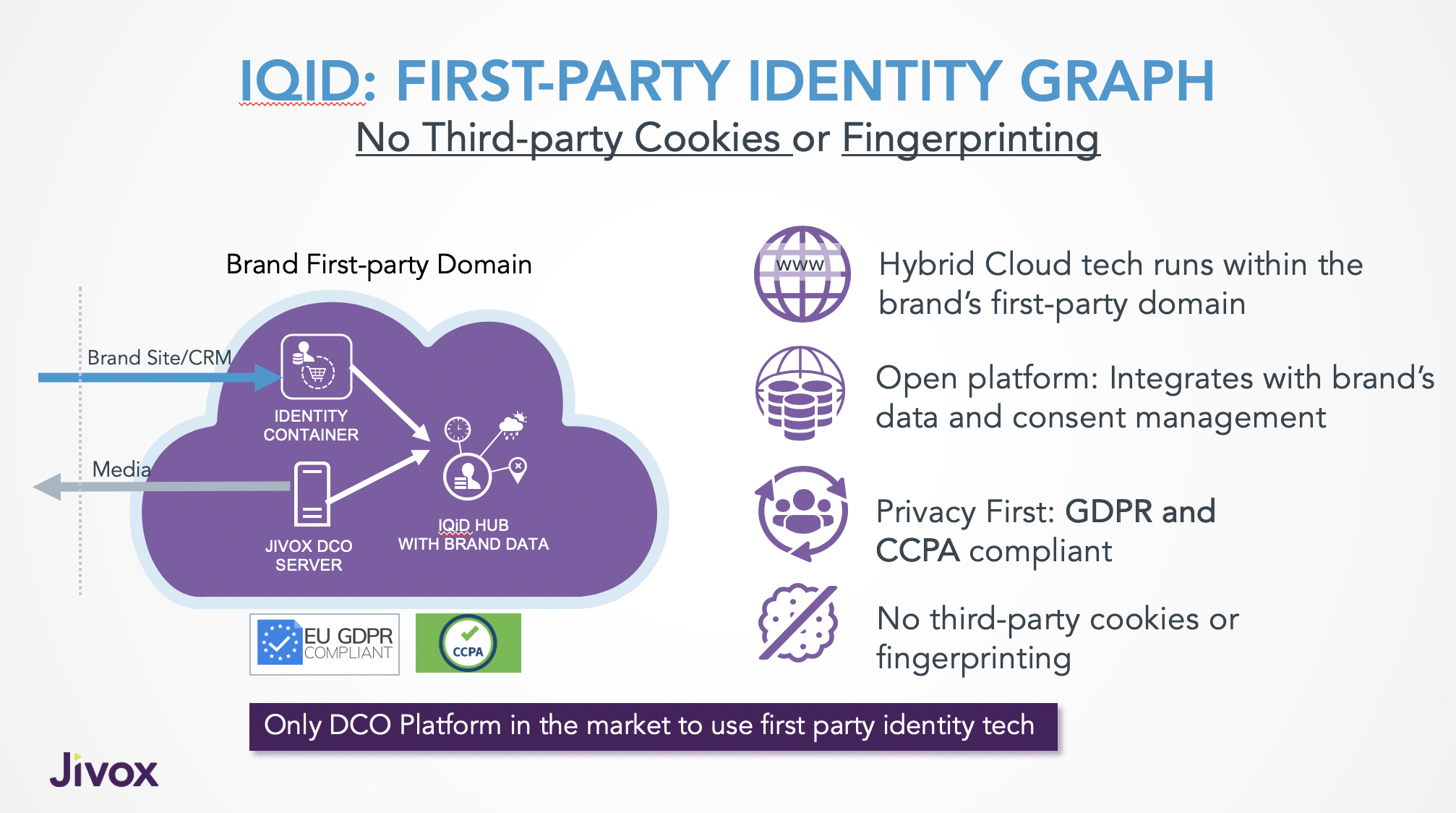When we log into our Uber app, it automatically pulls up our most recent destinations. When we visit a clothing website, we see suggested items derived from our previous purchases. When we browse camping gear online, we’re quickly served banner ads for that merchandise. When we open Google or Apple Maps, we’re offered commonly-visited destinations based on time and current location. It’s all about personalization and it all factors down to one thing — our identity.
For years, the only way digital marketers could gain access to this information was browser cookies. Initially, these cookies weren’t intended to be used as the safe storing an individual’s identity but rather to remember their preferences and offer a more personalized experience. But, as time passed, cookies quickly became the end-all-be-all for user identity on the internet.
The demise of third-party cookies
Today, many digital marketers still rely strictly on third-party cookies for all targeted advertising — using it as a tool to gather information about consumers. However, third-party cookies are maintained by parties whose consumers did not give direct permission to store their data — which is causing significant backlash as consumers become more and more conscious of their privacy. As a result, Firefox and Safari have already taken steps to block third-party cookies and other techniques that identify a user without their consent.
Google Chrome is the latest search engine giant to do the same, announcing it will disallow third-party cookie tracking within the next two years. With this recent movement from browsers, many are worried that the lack of personalization will render digital marketing less effective. Unless we as the industry do something about it, we will have one-size-fits-all advertising on a global scale.
The essential pivot digital marketers need to make
How can the digital marketing industry avoid this spiral into generality? Many brands have turned to contextual targeting — relying on factors like the weather or page context on websites to create the illusion of personalization. While this can help make their advertising more relevant to consumers, there has to be another way to establish and maintain identity in a privacy-compliant manner. Although they’re becoming more conscious of their privacy, consumers still desire to engage with brands through relevant, personalized communication. After all, “personalization” emerged as the 2019 word of the year according to the Association of National Advertisers’ survey of the world’s largest brand marketers.
How can marketers balance the juxtaposition between personalization and privacy?
- First-party domain and first-party cookie-based identity: While recent focus has narrowed on third-party cookies, not all cookies should be deemed “inedible.” First-party cookies can be used by a brand to store user data in order to personalize ads or content based on consumer consent. This data collection method does not require the consumer to identify themselves through personally identifiable information; rather, it assigns an anonymous ID to create tailored ads and content.
- User login-based identity: Through a strategy deemed “people-based marketing,” brands can identify consumers across multiple devices and channels through various sites and applications they log into. Because it requires a consumer to personally identify themself, this strategy requires consumer consent in order to remain compliant in sharing their identity and data with third-parties. Once consumers grant their consent, various brands are able to use that piece of personally identifiable information to track consumers on sites they are logged into. People-based marketing also demands cooperation from a large number of sites in order to scale.
One important factor holds true for both approaches: ensure consumer data privacy through consent. Any data shared by the consumer needs to be used strictly for that purpose and should only be shared with third parties with consent. With new privacy regulations like GDPR and CCPA, consumers should not be identified and tied to their data through personally identifiable information without consent.
As brands are forced into taking consumer privacy more seriously through regulations like CCPA and GDPR and a move toward cookieless browsers, there’s a growing fear among digital marketers about how to adjust their strategies to stay relevant to their target audiences. By embracing the new era of consumer data control, brands can confidently use consented data to provide a more personalized consumer experience at scale.
This article was first published by Martech Zone

